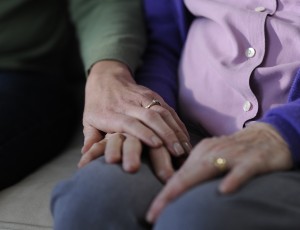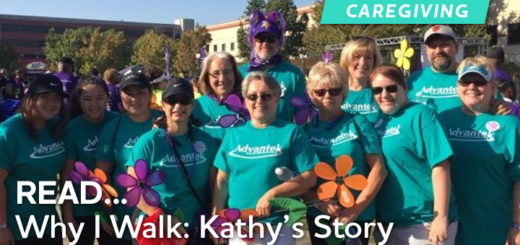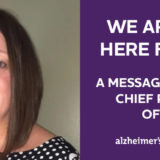Long-Distance Caregiving: Keeping Involved and Planning Visits
 According to the 2012 Alzheimer’s Facts and Figures Report there are 1.4 to 2.3 million long distance caregivers today, depending on one’s definition of long distance. Living far away means you will have additional challenges that require careful planning and coordination. It becomes even more important to have frequent communication with the primary caregiver. That individual, along with a core team of local family, friends, community members and perhaps a geriatric care coordinator, will be your lifeline. Here are some helpful previously posted tips to get you started in your long distance caregiver role. Along with these organizational tips, planning visits is important. Enjoying special time with your loved one is priceless and will be comforting to you and them. Planned visits allow you to better assess ongoing care, help with caregiver respite, and become aware of recent changes in your loved one’s overall health and mental well-being.
According to the 2012 Alzheimer’s Facts and Figures Report there are 1.4 to 2.3 million long distance caregivers today, depending on one’s definition of long distance. Living far away means you will have additional challenges that require careful planning and coordination. It becomes even more important to have frequent communication with the primary caregiver. That individual, along with a core team of local family, friends, community members and perhaps a geriatric care coordinator, will be your lifeline. Here are some helpful previously posted tips to get you started in your long distance caregiver role. Along with these organizational tips, planning visits is important. Enjoying special time with your loved one is priceless and will be comforting to you and them. Planned visits allow you to better assess ongoing care, help with caregiver respite, and become aware of recent changes in your loved one’s overall health and mental well-being.
What about Moving a Loved One?
If there isn’t a local caregiver available within your family or friends, you need to evaluate whether a move to your hometown would be viable for you and your loved one. Be sensitive to their views on change, independence, privacy concerns and costs when evaluating their living with you or living nearby. Depending on the progression of the disease, local friends and support groups, religious affiliations and historical roots may still be important and quite meaningful to your loved one. Should a move not be viable, there are many alternatives for care in the home as well as out of the home, with you participating as a long distance caregiver.
Make the Most Out of Every Visit
When preparing to visit it is important to do some planning. Talk to the primary caregiver and ensure they know you are coming, and ask them how you can help. Maybe you can schedule a doctor visit during your stay, so you can get answers to questions you might have. Find out what you can do to help the primary caregiver, perhaps providing some much-needed respite. While visiting, it is important to look for problematic signs. Is your loved one eating? Does the fridge contain healthy foods? Maybe it’s time to look into a meal delivery service. Is the home clean? Is Dad still driving? Observe his skills and ability to understand directions. Is Mom becoming isolated, depressed and never going out? Is the home safe from hazards? Are medications being taken regularly? Is there a caregiver schedule with a plan for regular check-ins by neighbors or friends? Are there backup plans in place should the primary caregiver be ill? The backup and all caregivers should have access to a key and important information such as medical history, medications, doctor info, pharmacy info, insurance info, Power Of Attorney, etc. Be sensitive to the primary caregiver, who may be doing the best they can! If that person is overwhelmed, it may be time to pull in more family assistance or outside help. As a long-distance caregiver, there are many things you can do to help. You can be involved and stay connected with your loved one from afar!
Blog written by Alzheimer’s Association Volunteer Diane Blum
Click here for more caregiver tips and expert advice from Family Care Specialist Stephanie
















